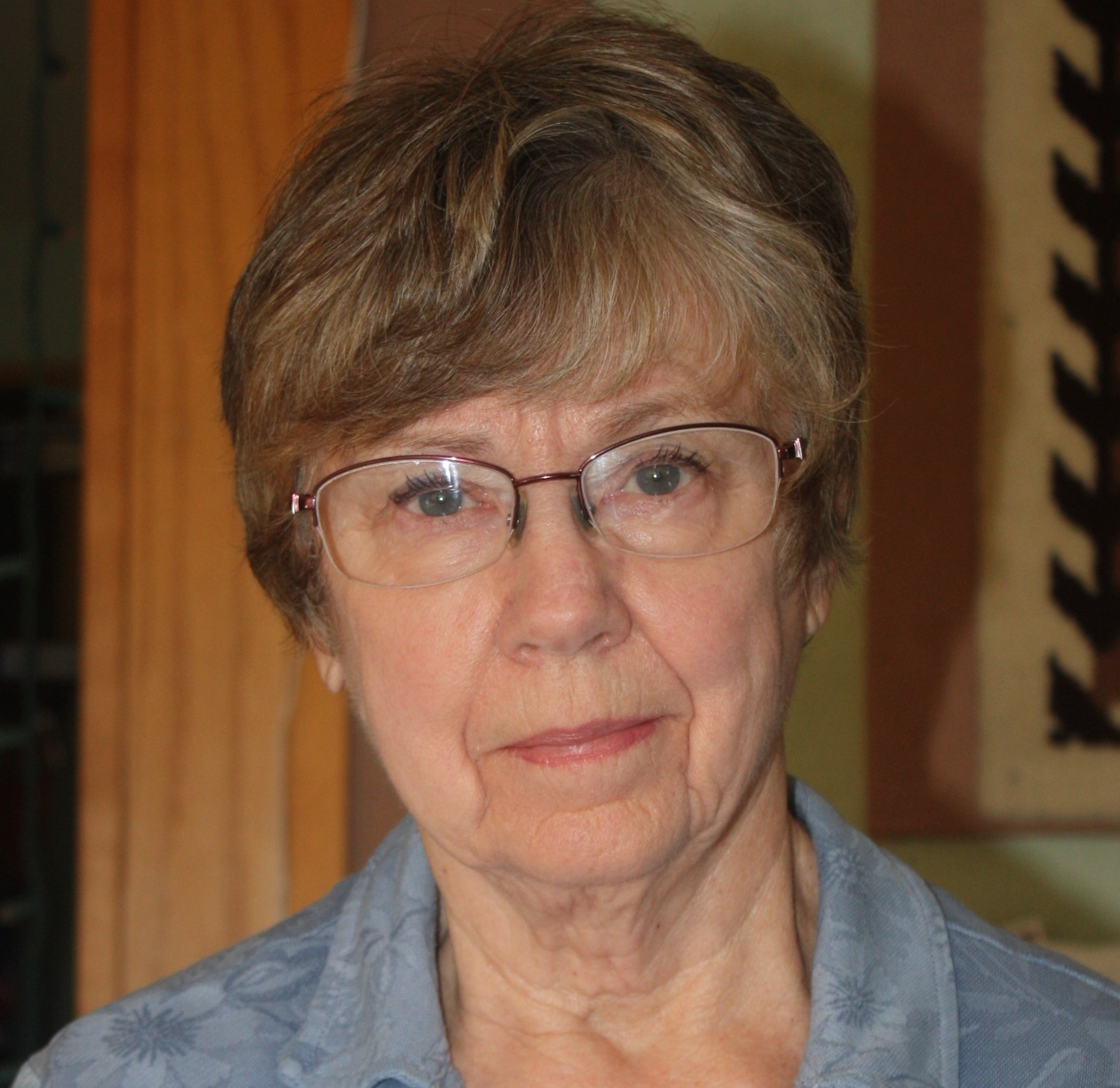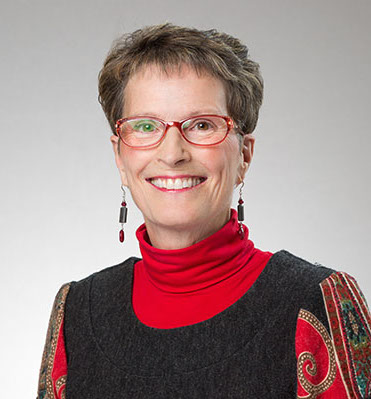The Second Fallacy Of School Choice
 | Author:
Mary Sheehy Moe
Nancy Marks: MT43 News Secretary and News Editor |
The Second Fallacy of School Choice
Editorial Voice Mary Sheehy Moe
Whenever I hear school choice advocates tout the virtues of some educational innovation they say public schools don't provide, I have a stock response. "Sounds intriguing. Have you run it by your local school board?"
The answer is always no. And the excuses are always the same: Public schools just aren't flexible. School boards are too mired in regulations to innovate.
Hogwash. A sampling of refuting evidence?
Fifty-five years ago, some Great Falls folks saw a need for an alternative school for pregnant teenagers. (Pregnant girls couldn't attend high school back then.) Over time they joined forces with folks espousing a more self-paced path students could pursue to high school graduation. Today, Paris Gibson Education Center (PGEC) awards diplomas to about 120 students annually using an open-entry, open-exit, self-directed learning model that also offers an immersion program for Native American students.
PGEC began as an innovation and has been innovating ever since. So has the Billings Career Center, established by the Billings school board 49 years ago to allow students to spend half the day taking high school core subjects and the other half building skills in the trades. Today, roughly 1,000 students annually pursue contextualized learning in career-technical education there.
Forty-five years ago, a few teachers in Montana convinced their school boards to authorize college-level coursework in their high schools, meeting the districts' requirements for graduation and, if students passed the test administered by the College Board, earning college credits too. Today hundreds of Montana students take Advanced Placement (AP) courses, reducing the time and money required to complete college degrees.
Thirty-five years ago, a group of Helena parents convinced their school board to institute the "Montessori method" in one of the elementary schools, where students engage in self-directed, hands-on learning with the teacher as a guide. Today, the Montessori option is available in three Helena schools.
For over twenty years, the Flathead County school board, in partnership with Flathead Valley Community College, has offered "Running Start," a program allowing students to complete both high school and college requirements simultaneously. It's not unusual for Kalispell-area students to earn high school diplomas and associate degrees at the same time.
Fifteen years ago, building on the efforts of local school districts, the Montana Digital Academy set up shop at the University of Montana, offering schools throughout Montana access to middle school, high school and AP coursework whenever their students want it. Particularly impressive are the courses in Indigenous studies and languages uniquely offered there.
That's just a snapshot of innovations continually being undertaken by Montana's public schools. The moral of these stories? If you have an innovative educational idea, build a coalition of interested parties, develop a plan that will pencil, and present it to your school board. (Frankly, boards should be more vigilant about conditioning approval and regular re-approvals on whether the innovation is truly available to all qualified students.)
But school choice advocates don't even ask. Bypassing the elected body constitutionally vested with the supervision and control of schools in their district — the school board — and shrugging off the objection of Montana's Board of Public Education, constitutionally charged with long-term oversight of all public education, in 2023 the advocates just made an end-run to a legislature ever-dismissive of any power but its own.
It's the equivalent of your daughter bypassing you, shrugging off your spouse's firm No, and convincing your banker she really needs her own car — yours is so one-size-fits-all, so un-innovative. And your banker hands her the dough — YOUR dough!
You'd be giving that banker an earful, wouldn't you? Give the 2025 Legislature the same thing.
Mary Sheehy Moe is a retired educator and former state senator, school board trustee, and city commissioner from Great Falls. Now living in Missoula, she writes a weekly column for Lee Montana.
If you have an innovative educational idea, build a coalition of interested parties, develop a plan that will pencil, and present it to your school board.
Article Images
Click on Image Thumbnail(s) to view fullsize image
PhotoCredit: Photo provided.
Image 1 Caption: Mary Sheehy Moe
